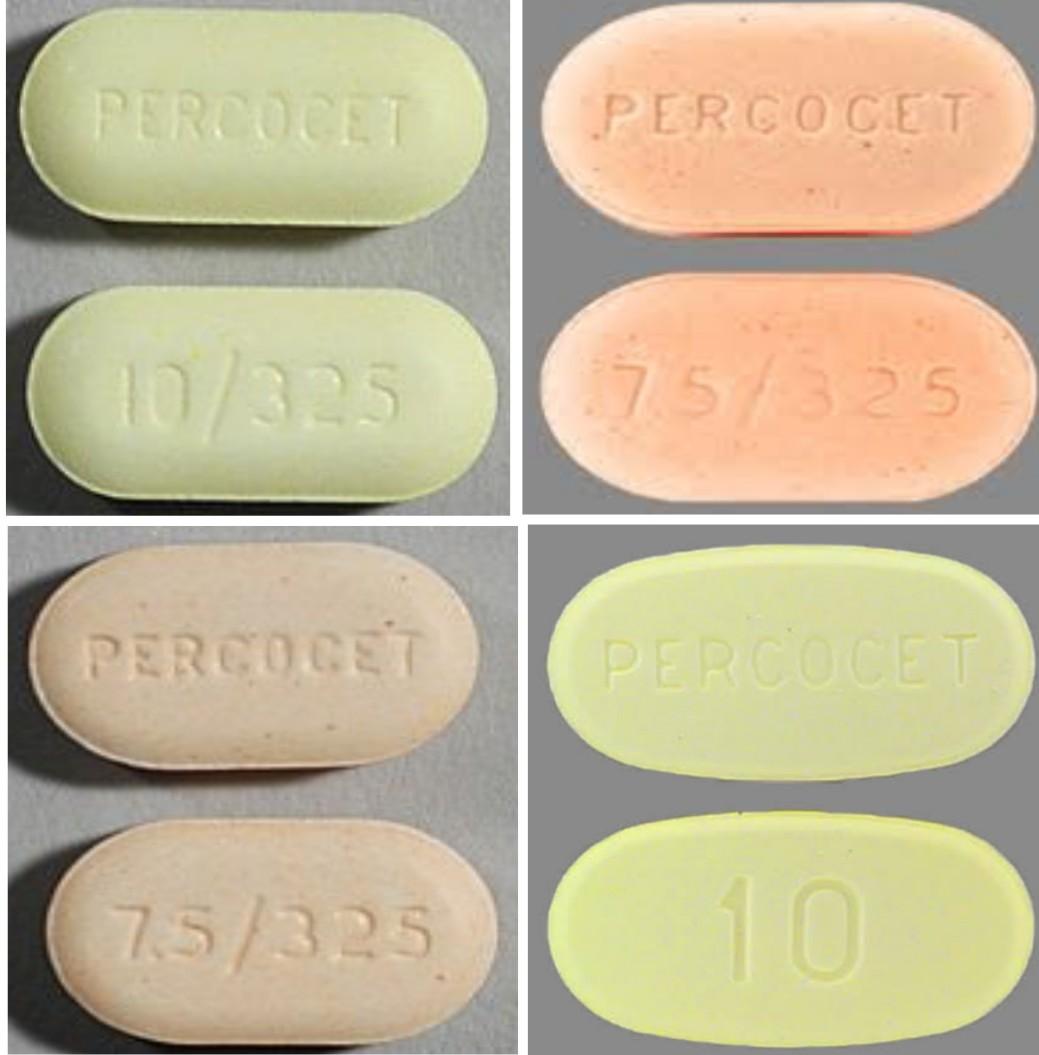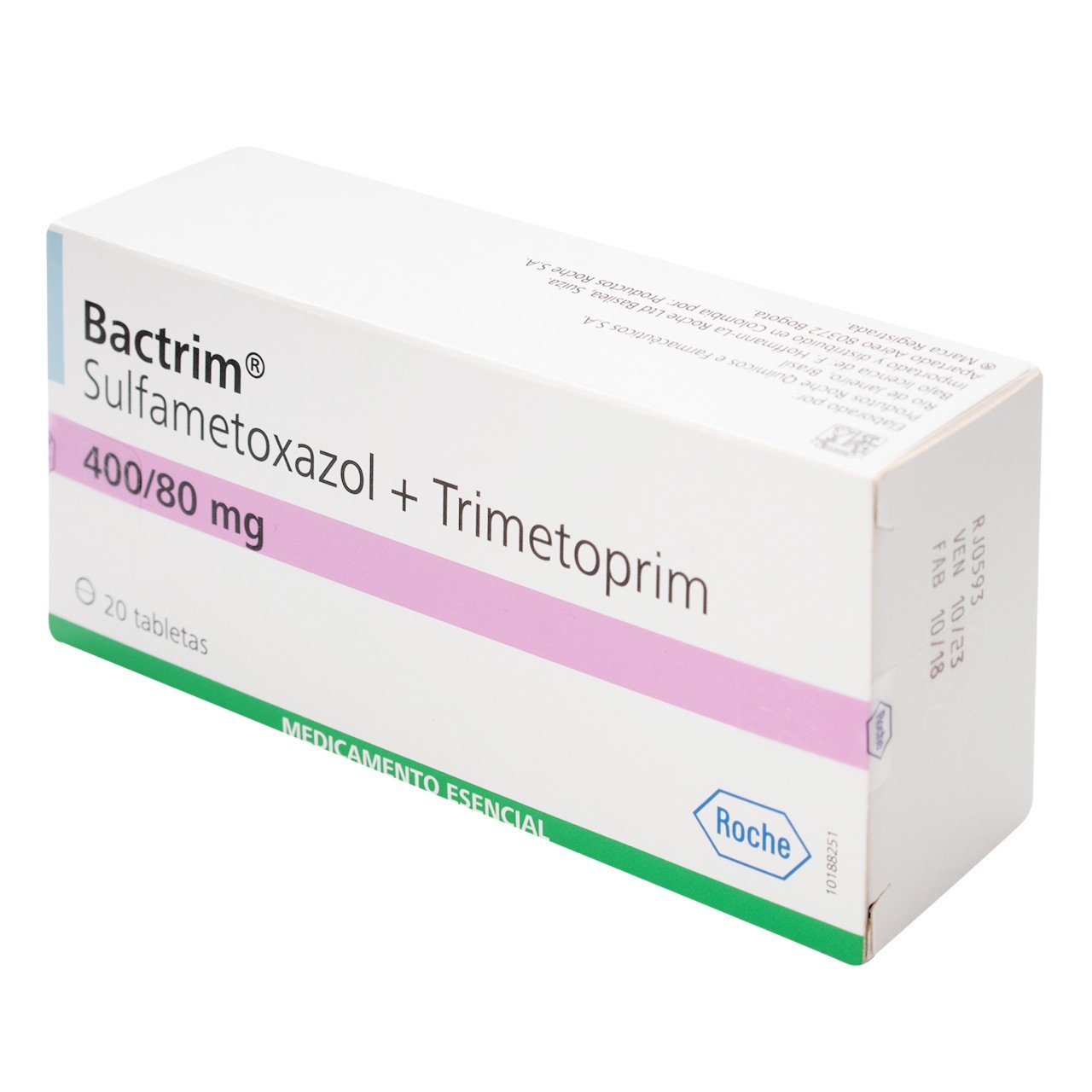The appearance of an anal lump can be a concerning and uncomfortable experience, leaving many individuals wondering about the potential causes and available treatment options. It’s essential to approach this topic with sensitivity and expertise, providing comprehensive information to alleviate worries and empower informed decision-making.
Understanding Anal Lumps
An anal lump, also known as an anal mass or perianal mass, refers to an abnormal growth or swelling in the anal region. These lumps can vary in size, shape, and consistency, and may be accompanied by other symptoms such as pain, itching, or bleeding. It’s crucial to note that not all anal lumps are cancerous, and many can be treated with minimal invasiveness.
Causes of Anal Lumps
Several factors can contribute to the development of an anal lump. Some of the most common causes include:
- Hemorrhoids: Enlarged veins in the anal region can cause lumps, which may be painful and itchy.
- Anal abscesses: Infected glands or cavities in the anal region can lead to painful lumps.
- Anal fissures: Tears in the lining of the anus can cause lumps, especially if they become infected.
- Skin tags: Small, benign growths can appear in the anal region, often as a result of friction or irritation.
- Anal warts: Caused by the human papillomavirus (HPV), these lumps can be painful and itchy.
- Anal cancer: In rare cases, an anal lump can be a symptom of anal cancer, which requires prompt medical attention.
Diagnosing Anal Lumps
If you’ve noticed an anal lump, it’s essential to consult a healthcare professional for an accurate diagnosis. Your doctor may perform a physical examination, take a medical history, and potentially order diagnostic tests such as:
- Digital rectal exam (DRE): A manual examination of the anal region to check for abnormalities.
- Anoscopy: A visual examination of the anal canal using a specialized scope.
- Biopsy: A tissue sample may be taken from the lump to determine if it’s cancerous.
- Imaging tests: X-rays, CT scans, or MRI scans may be used to rule out other conditions or assess the extent of the lump.
Treatment Options for Anal Lumps
Treatment for an anal lump depends on the underlying cause and severity of the condition. Some common treatment options include:
- Sitz baths: Soaking in warm water to reduce discomfort and promote healing.
- Topical creams: Over-the-counter or prescription creams can help alleviate symptoms such as pain, itching, or inflammation.
- Surgery: In some cases, surgical removal of the lump may be necessary, especially if it’s cancerous or causing significant symptoms.
- Laser therapy: Laser treatment can be used to remove anal warts or other small growths.
- Chemotherapy: If the lump is cancerous, chemotherapy may be recommended to shrink the tumor.
Prevention and Self-Care
While some anal lumps may be unavoidable, there are steps you can take to reduce the risk of developing certain conditions:
- Maintain good hygiene: Practice good cleanliness and dryness in the anal region to prevent irritation and infection.
- Avoid excessive straining: Straining during bowel movements or other activities can increase pressure on the anal region, leading to hemorrhoids or other issues.
- Eat a balanced diet: A diet rich in fiber can help regulate bowel movements and reduce the risk of constipation, which can contribute to anal lumps.
- Exercise regularly: Regular physical activity can help improve overall health and reduce the risk of certain conditions, including anal cancer.
What are the most common symptoms of an anal lump?
+Common symptoms of an anal lump include pain, itching, bleeding, and discomfort in the anal region. However, some individuals may not experience any noticeable symptoms, especially in the early stages.
Can anal lumps be treated at home?
+While some minor anal lumps may be treated with over-the-counter creams or home remedies, it's essential to consult a healthcare professional for an accurate diagnosis and treatment plan. Self-treatment can lead to further complications and delayed recovery.
Are anal lumps a sign of anal cancer?
+Not all anal lumps are a sign of anal cancer. However, if you're experiencing any unusual symptoms or have a family history of cancer, it's essential to consult a healthcare professional for a thorough evaluation and diagnosis.
By understanding the causes, symptoms, and treatment options for anal lumps, individuals can take proactive steps towards maintaining their health and seeking prompt medical attention if necessary. Remember, early diagnosis and treatment are crucial in ensuring the best possible outcomes. If you’re experiencing any unusual symptoms or concerns, don’t hesitate to consult a healthcare professional for expert guidance and care.



